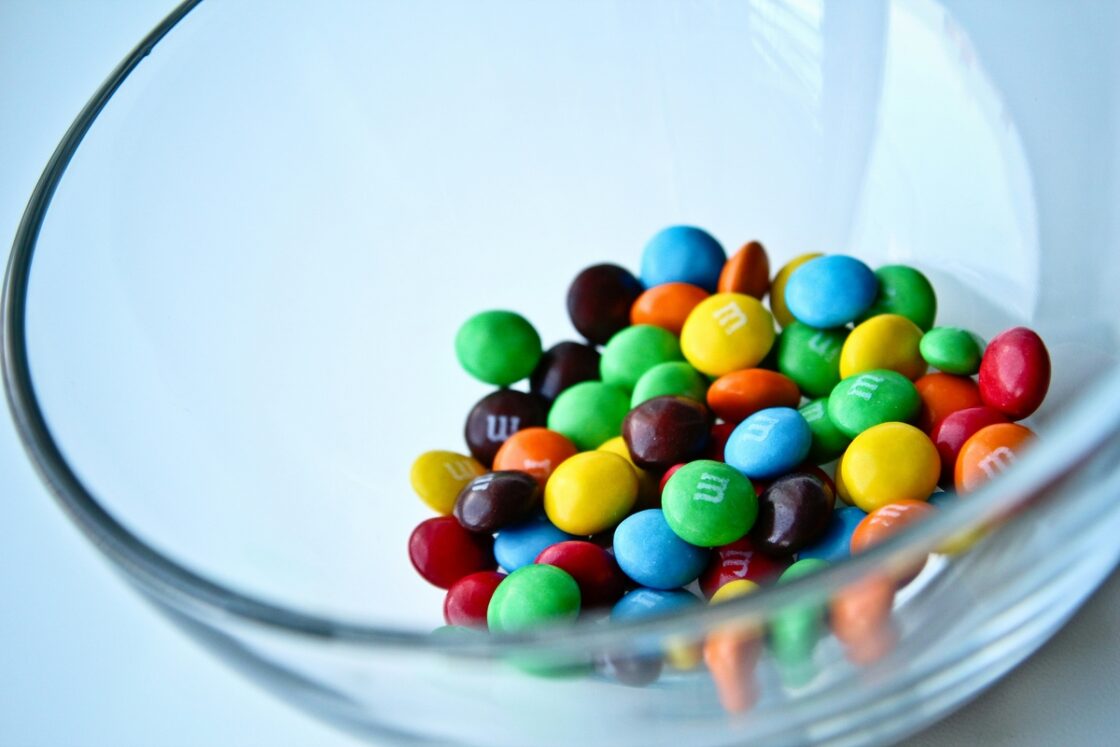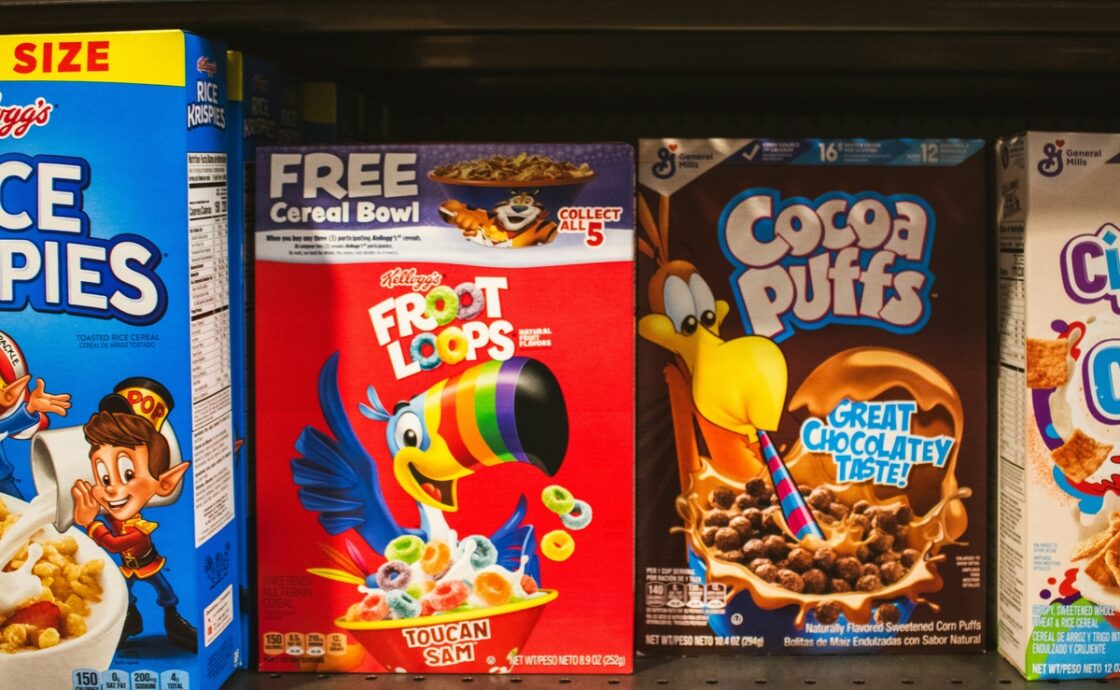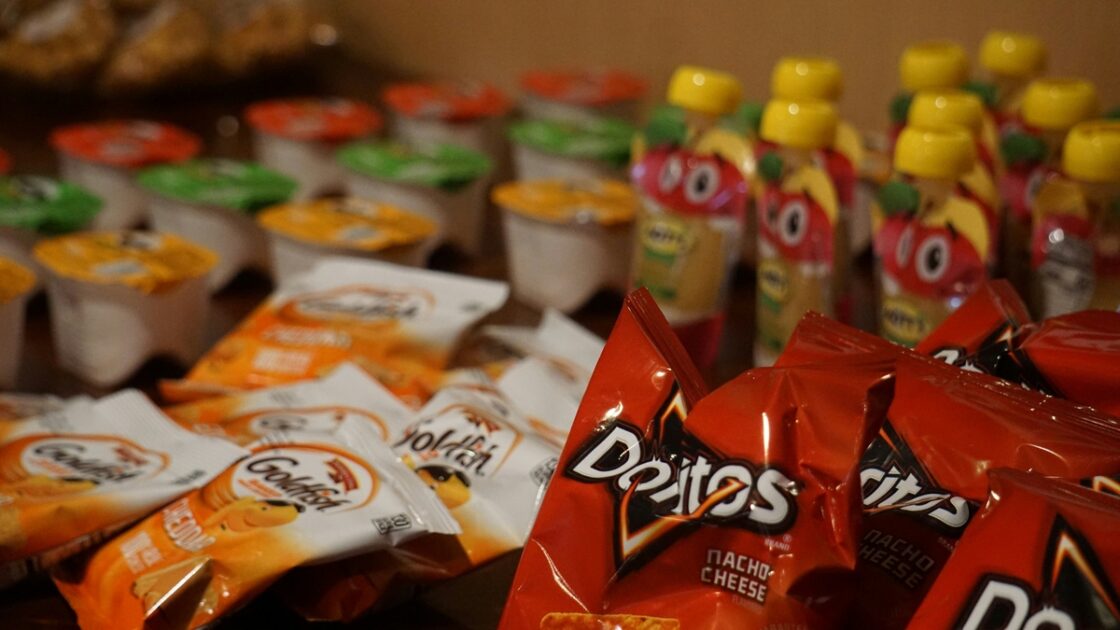
From the titanium oxide found in Hostess chocolate cupcakes to the potassium bromate found in some supermarket breads, American food is stuffed to the brim with potentially dangerous additives. But if Health and Human Services Secretary Robert F. Kennedy Jr. has anything to say about it, this may soon be changing. This March, Kennedy told top food executives that he wants “the worst ingredients” out of food before the end of his time in office — if not sooner.
Preventative Healthcare Starts with the Food System
Experts agree: Good health begins with good food. A 2019 research review in Nutrients compiled a host of data showcasing the way that preventative nutrition can help reduce the incidence of cardiovascular disease, diabetes, and cancer1. And the evidence continues to stack up — experts also recently found links between a high-sugar diet and increased risk of lung cancer2.
“There is a critical need to shift our dietary focus from ultra-processed foods, which are often high in additives, sugars, and unhealthy fats, to whole foods that provide essential nutrients and support overall health,” says Dr. Joel Gator Warsh, MD, Board-Certified Pediatrician and author of Parenting at Your Child’s Pace: The Integrative Pediatrician’s Guide to the First Three Years. “Emphasizing whole foods — like fruits, vegetables, grains, and proteins — can help reduce the risk of chronic diseases and promote a more sustainable and healthful eating pattern.”
Kennedy’s Make America Healthy Again plan champions a diet of whole foods while seeking to eradicate hazardous additives from the food system. Here are the ones most deserving of the axe.
Dimming Artificial Dyes for Good

This past January, before President Donald Trump and Kennedy took office, the FDA revoked the authorization for Red 3, a common artificial coloring, due to evidence of potential health risks — including an increased risk of cancer. This, according to Gator Warsh, was an important first step in making our food system safer and healthier. “The revocation of Red 3’s authorization due to its potential health risks highlights the ongoing need to evaluate and prioritize the safety of food additives used in the United States,” he said.
Despite this step in the right direction, there are still loads of artificial dyes in food that deserve a second look. These include Red 40 dye, which Gator Warsh characterizes as “one of the most commonly used food dyes in the U.S.” Much like Red 3, Red 40 dye has been linked to behavioral problems in children, leading the State of California to ban it from food and drinks sold in public schools3. Research published in Toxicology Reports in 2023 found that it could cause DNA damage and colonic inflammation in mice4. “Its safety continues to be debated among health professionals and consumer groups,” says Gator Warsh.
Other food dyes like Yellow 5 and Yellow 6 have similarly been linked to mood and behavioral problems in children, and both Yellow 6 and Blue 2 have also been found to be potentially carcinogenic5. “Given these concerns,” says Gator Warsh, “a critical review and stricter regulation of these and other artificial colorants are essential to ensure they do not pose health risks.” A widespread food dye ban could go a long way for preventative healthcare.
A Push to Reduce Sugars
Added sugars like high fructose corn syrup have been linked to health issues ranging from obesity to type 2 diabetes to liver disease — and thanks to their ubiquity in everything from breakfast cereals to barbecue sauce, they can be difficult to avoid.

“Decreasing the use of HFCS and other added sugars would likely have a substantial positive impact on public health,” says Gator Warsh. “Policies could aim to limit its inclusion in processed foods and encourage the use of natural sweeteners in moderation.”
Kennedy agrees. Just after his confirmation in February, he shared his goal of eradicating soda and other processed foods from permissible purchases for beneficiaries of SNAP, which provides food benefits to low-income families. “The one place that I would say that we need to really change policy is the SNAP program and food stamps and in school lunches,” Kennedy told Fox News in February. “There, the federal government in many cases is paying for it. And we shouldn’t be subsidizing people to eat poison.”
That said, Kennedy’s mission would likely prove more difficult than it sounds. The federal Food and Nutrition Act of 2008 allows benefits from the SNAP program for food stamps to be used for “any food or food product intended for human consumption,” except alcohol and hot foods.
To exclude foods high in added sugars, Congress would have to change the law or states would have to request waivers to let them restrict purchases. While state lawmakers have made many such requests in the past 20 years, they have never been approved. Policies like soda taxes, on the other hand, have had encouraging results around the world and could be a better way forward in minimizing the negative consequences of added sugars on our health.
Pesticides and Herbicides Need to Go
The emergence of corn and soy that’s been genetically modified to withstand the application of dangerous pesticides and herbicides has led to an increased presence of these (and other chemicals) in our food system. And for Gator Warsh, it’s high time we said goodbye to the herbicide glyphosate for good.
“This widely used herbicide has been under scrutiny for its potential to cause cancer and other health issues,” he says. “Reducing its use and residue in food products, especially in crops like soy and corn that are pervasive in the food supply, would be a prudent measure to decrease potential health risks.”

Marketed as Roundup by Bayer, which acquired Monsanto in 2018, glyphosate is a known human carcinogen that increases the risk of cancer by 41%, according to a 2019 study6. Other pervasive herbicides include paraquat, which has been linked to an increased risk of Parkinson’s Disease.
Neonicotinoid pesticides like thiacloprid and thiamethoxam have been used increasingly in the American agricultural system since 2005, when expired patents paved the way for generic products. These pesticides have been linked to potential neurological issues including memory loss, not to mention devastating effects for bee populations7.
Choosing organic produce and products is a good way to start reducing exposure to these chemicals. But to benefit public health, concrete steps to reduce their use would be an even better way to get them out of the food system for good.
It’s Time to Re-Evaluate GRAS
If potentially dangerous additives are pervasive in the American food industry, it’s in large part due to the GRAS (Generally Recognized as Safe) system. GRAS is a designation for food additives that experts consider safe when used as intended. But according to Gator Warsh, many additives currently on the market have not been subjected to “sufficient independent review or comprehensive research to confirm their safety.”
“There should be an update in the GRAS regulations to require more rigorous, transparent, and independent research before these substances can be approved,” he says.
Kennedy has already taken a stand against what he dubs a “loophole” in the system: the self-affirmed GRAS pathway. This pathway allows food manufacturers to convene an independent panel of experts and have them assess safety data without notifying the FDA. As a result, there is no public database or listing of self-affirmed ingredients. Kennedy has directed the FDA commissioner to take steps to eliminate this pathway, essentially rendering the now-voluntary FDA GRAS notification program mandatory.

Gator Warsh believes that chemicals that have already been approved under GRAS deserve a second look. “Many substances that were previously considered safe might pose health risks that were not understood or detectable with earlier scientific methods,” he says. “A systematic reevaluation of these substances could help ensure they meet current health and safety standards.”
A Mission at Odds with a Budget-Slashing Administration
For Gator Warsh, Kennedy’s goal to eradicate food dyes by the end of his term is ambitious, to say the least. “Given the pervasive use of these dyes in the food industry and their impact on consumer products’ appeal,” he says, “removing them could face significant resistance both from within the industry and possibly from consumers accustomed to the aesthetic these dyes provide.”
He believes that a “multidisciplinary approach” uniting regulatory agencies, the food industry, scientific researchers, and public health advocates is “essential” to the success of Kennedy’s mission. He notes that with strong regulatory backing and substantial public health advocacy, a transition to more natural alternatives is possible.
“Enhanced labeling requirements, stricter limits on allowable levels of these additives, and incentives for developing and using safer alternatives can drive the transition towards a healthier food supply,” he says. “It’s crucial that such initiatives are backed by solid scientific research and are responsive to emerging health data to protect consumers effectively.”
But the multidisciplinary approach Gator Warsh is championing may be hobbled by the current administration’s budget-slashing, with widespread FDA layoffs even prompting FDA food division director Jim Jones to step down in February. And the slashing hasn’t waned since.
A Bad Time to Be Dismantling Critical Committees
Earlier this month, the Trump Administration eliminated the National Advisory Committee on Microbiological Criteria for Foods and the National Advisory Committee on Meat and Poultry Inspection. These expert panels provided essential, impartial scientific advice and recommendations to the USDA, FDA, and CDC. Due to an Executive Order eliminating offices and committees that the President “has determined are unnecessary,” these committees no longer exist.
Prior to its elimination, the NACMCF was in the process of reviewing the USDA’s Food Safety and Inspection Services regulatory approach for listeria, following a fatal outbreak linked to Boar’s Head deli meats in 2024. It had also been working on developing guidance on addressing the increase in deadly foodborne illnesses. This guidance could have been critical during a year in which hospitalizations and deaths from foodborne illnesses more than doubled, with most outbreaks linked to E. coli, Listeria, and Salmonella8.
The elimination of these two committees “significantly reduces opportunities for expert engagement with the USDA,” Bryan Hitchcock, Chief Science and Technology Officer at the Institute for Food Technologists, told The New Lede. “This loss of expert input can create gaps in the thoroughness and rigor of our food safety protocols and reduces public engagement and transparency in the process.”
“The work the FDA and USDA does in relationship to food safety is literally ‘deadly serious,’” said Mark Kastel, executive director of OrganicEye, a farm policy research group. “I would be the last one to say that the US has bulletproof regulatory oversight of the increasingly consolidated food processing industry. But it seems risky to eliminate these panels, as a part of reform, before a better approach is in place.”
Sources:
- https://pmc.ncbi.nlm.nih.gov/articles/PMC6567185/
- https://www.discovermagazine.com/health/high-sugar-linked-to-lung-cancer-expanding-our-understanding-of-diets-impact
- https://pubmed.ncbi.nlm.nih.gov/23026007/
- https://pmc.ncbi.nlm.nih.gov/articles/PMC10502305/
- https://www.cspinet.org/sites/default/files/attachment/food-dyes-rainbow-of-risks.pdf
- https://www.ncbi.nlm.nih.gov/search/research-news/3492/
- https://pmc.ncbi.nlm.nih.gov/articles/PMC5289916/
- https://www.thenewlede.org/2025/02/illnesses-and-deaths-from-food-outbreaks-skyrocketed-in-2024-report-finds/

